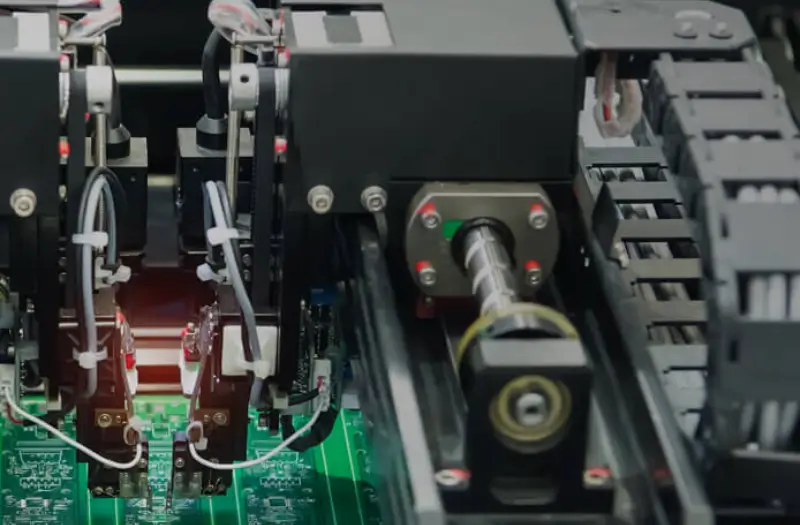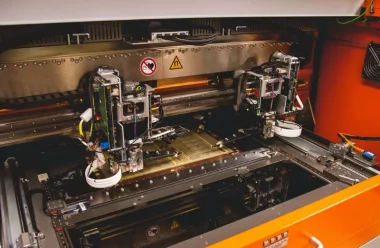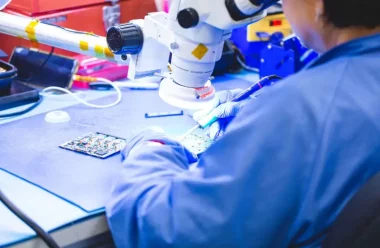What affects the price of a printed circuit board? It’s a good question — and one that has many answers, some of which you may not have considered. From materials and board size to certifications and turnaround time, there’s a lot to factor in when talking PCB cost. Keep reading for all the details — including things you need to know before requesting a quote.
PCB Cost Drivers
PCB size
The size of the printed circuit product and whether it is flex or rigid can limit the number of circuit boards on a panel, which affects the unit cost. Movement of the various materials, and layer count of the project can also affect how many boards per panel and thus, the cost.
Order quantity
PCBs may cost less if ordered in larger quantities vs. prototypes. There’s a minimum cost to process a 1-2 panel order that is reflected in the unit cost. Once a prototype is made, it’s easy to duplicate and will drop in price as the quantities are increased.
Number of layers
The number of layers will greatly affect the price of your PCB project. Each one of the interlayer cores in a high-layer count PCB must undergo separate processing. The more layers you have, the more processing, which increases the cost of any project. Other cost drivers related to this include the overall thickness, whether or not there are any buried and blind vias, slots, backdrilling and any extra milling.
Turnaround time
Turnaround times are affected by the lead time of materials and complexity of the design. It’s important to request a turnaround time that is appropriate to the project. In other words, you would not expect to receive a complicated 20-layer board in just a few days.
Material selection/weight
For flex projects, adhesive-less materials are more expensive than adhesive-based materials. Mixed copper weights and copper weights below half ounce are more expensive since they are more difficult to manufacture. Certain thicknesses of materials — anything above 6 mil — have a longer lead-time, which can also increase the cost. For rigid boards, lead times and types of materials should be factored in at time of quote.
Overall complexity of the design
There’s a lot that goes into the layout, fabrication, and assembly of a printed circuit board. The following is a list of design features that all drive cost.
- Line width and spacing
- Heavier copper weights (may be hard to produce)
- Controlled impedance
- Multiple lamination and drill cycles
- Blind vias
- Stacked vias
- Number of via fill steps



![Understanding PCB Costs & Pricing [Your Complete Guide] Understanding PCB Costs & Pricing [Your Complete Guide]](https://hdicircuitboard.com/wp-content/uploads/elementor/thumbs/Understanding-PCB-Costs-Pricing-Your-Complete-Guide-qzzhe6mcaxuolkux3xalfktgavumi9y1aqfbs9bpv4.webp)
![Determining PCB Via Size [w Guidelines] Determining PCB Via Size [w Guidelines]](https://hdicircuitboard.com/wp-content/uploads/elementor/thumbs/Determining-PCB-Via-Size-w-Guidelines-qzzhe6mcaxuolkux3xalfktgavumi9y1aqfbs9bpv4.webp)
![PCB Material Types Explained [Your Guide] PCB Material Types Explained [Your Guide]](https://hdicircuitboard.com/wp-content/uploads/elementor/thumbs/PCB-Material-Types-Explained-Your-Guide-qzzhe6mcaxuolkux3xalfktgavumi9y1aqfbs9bpv4.webp)

